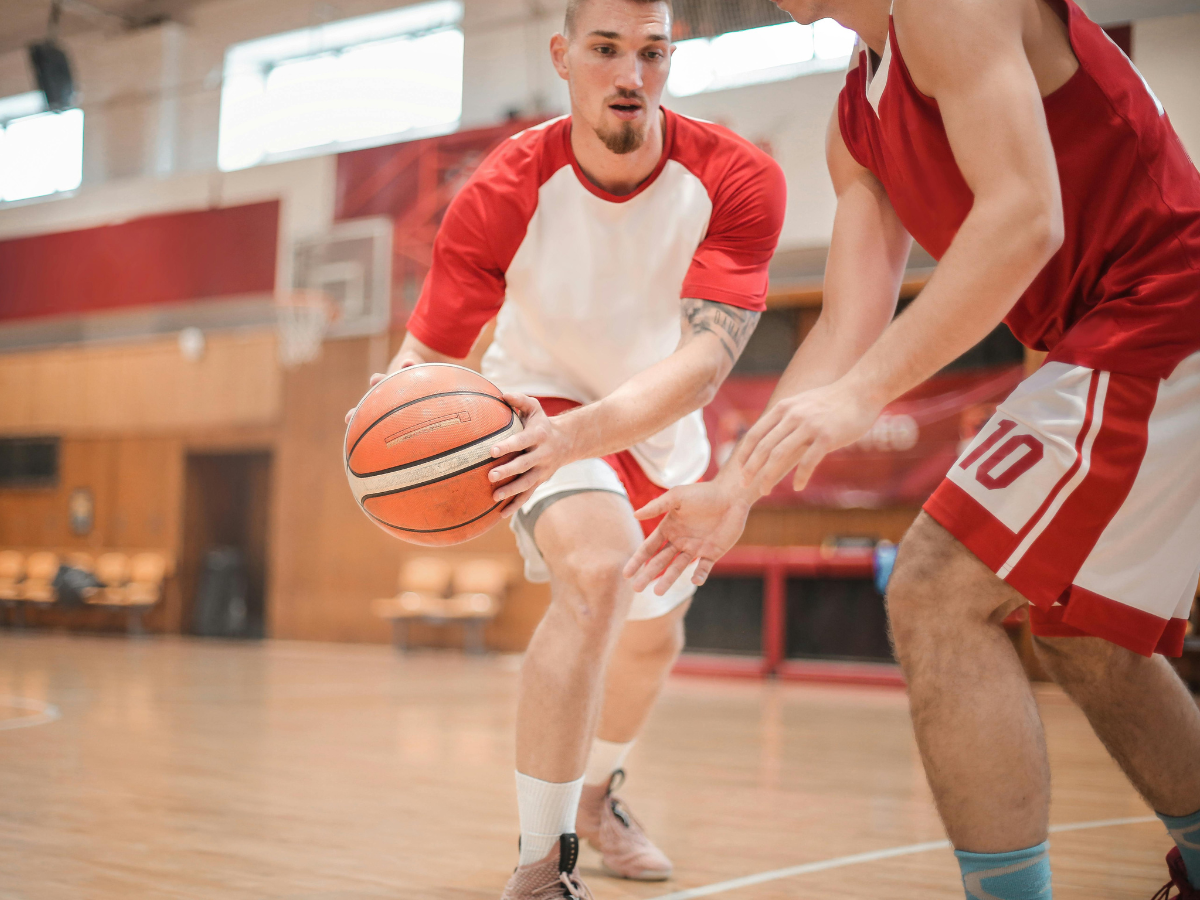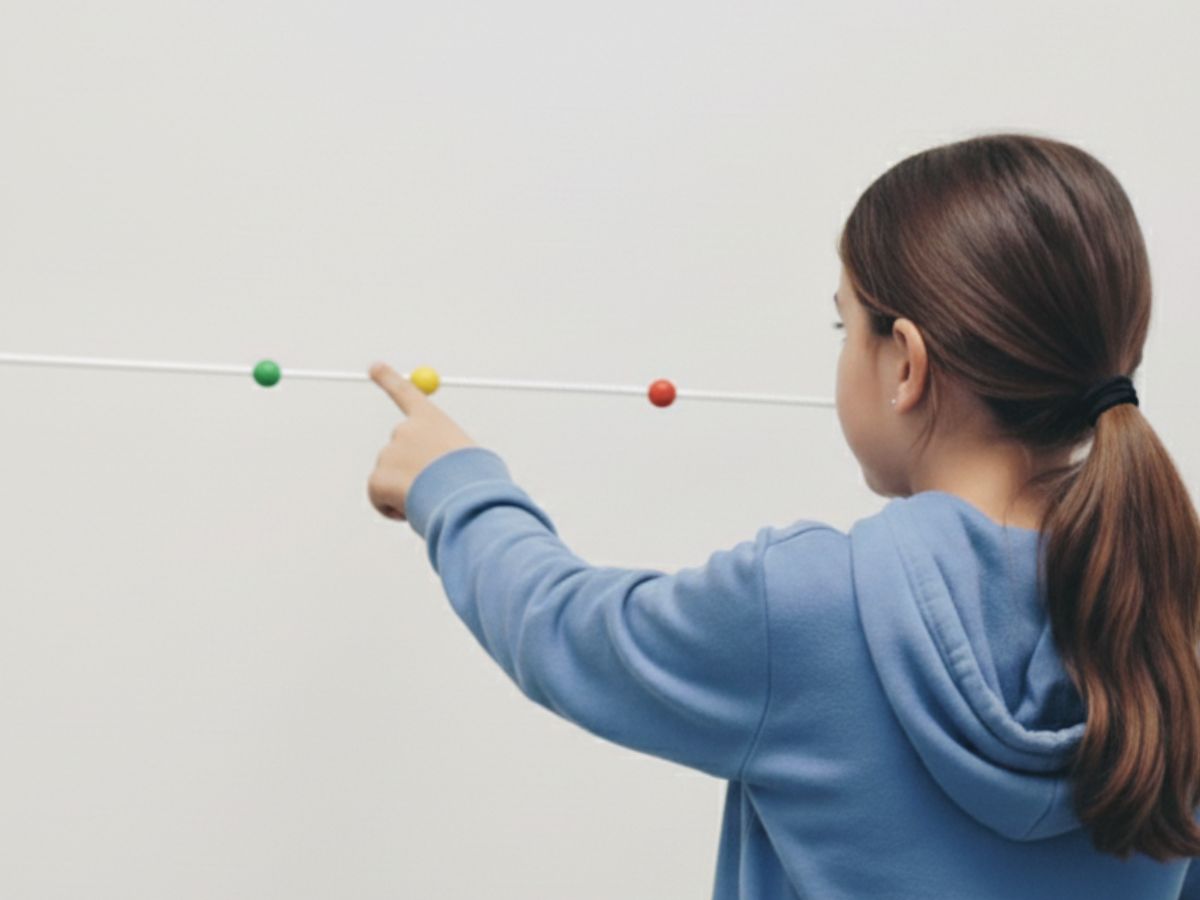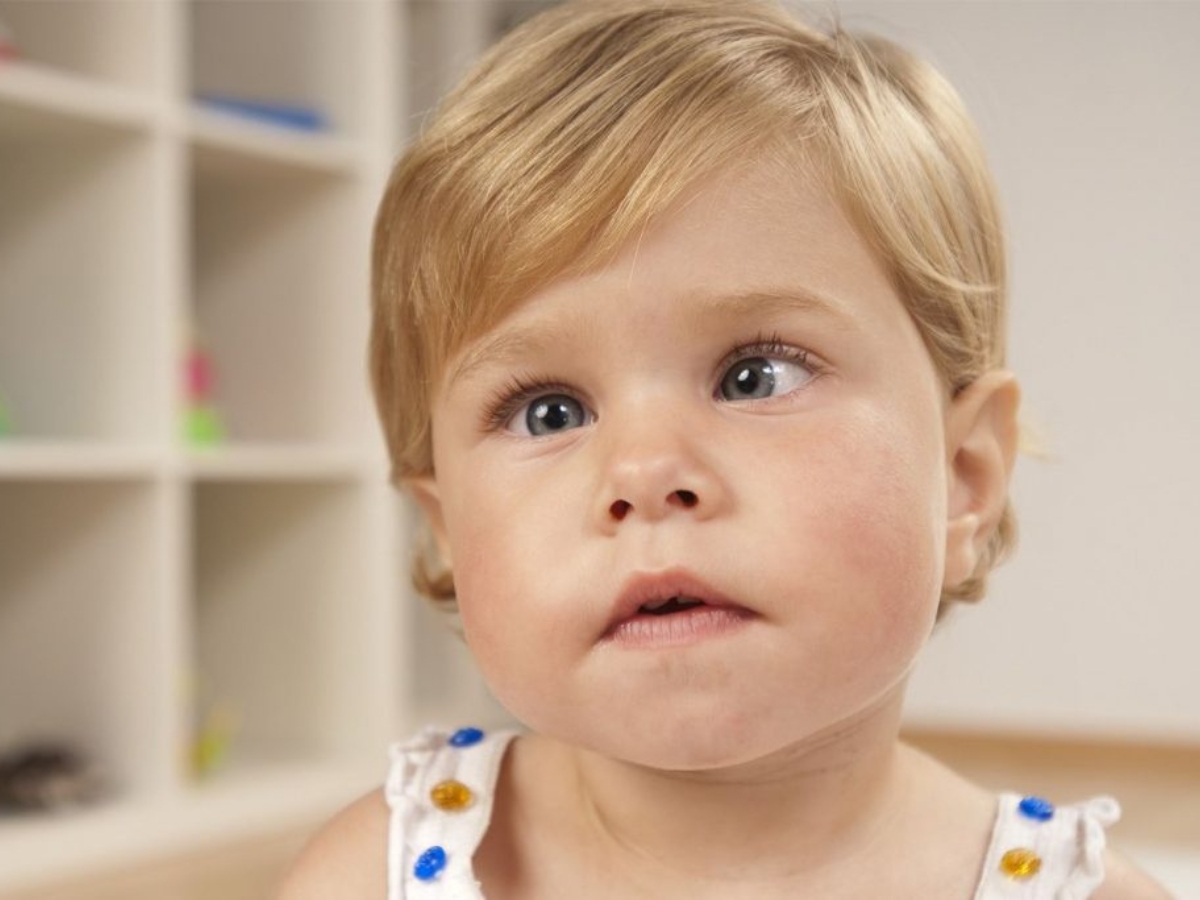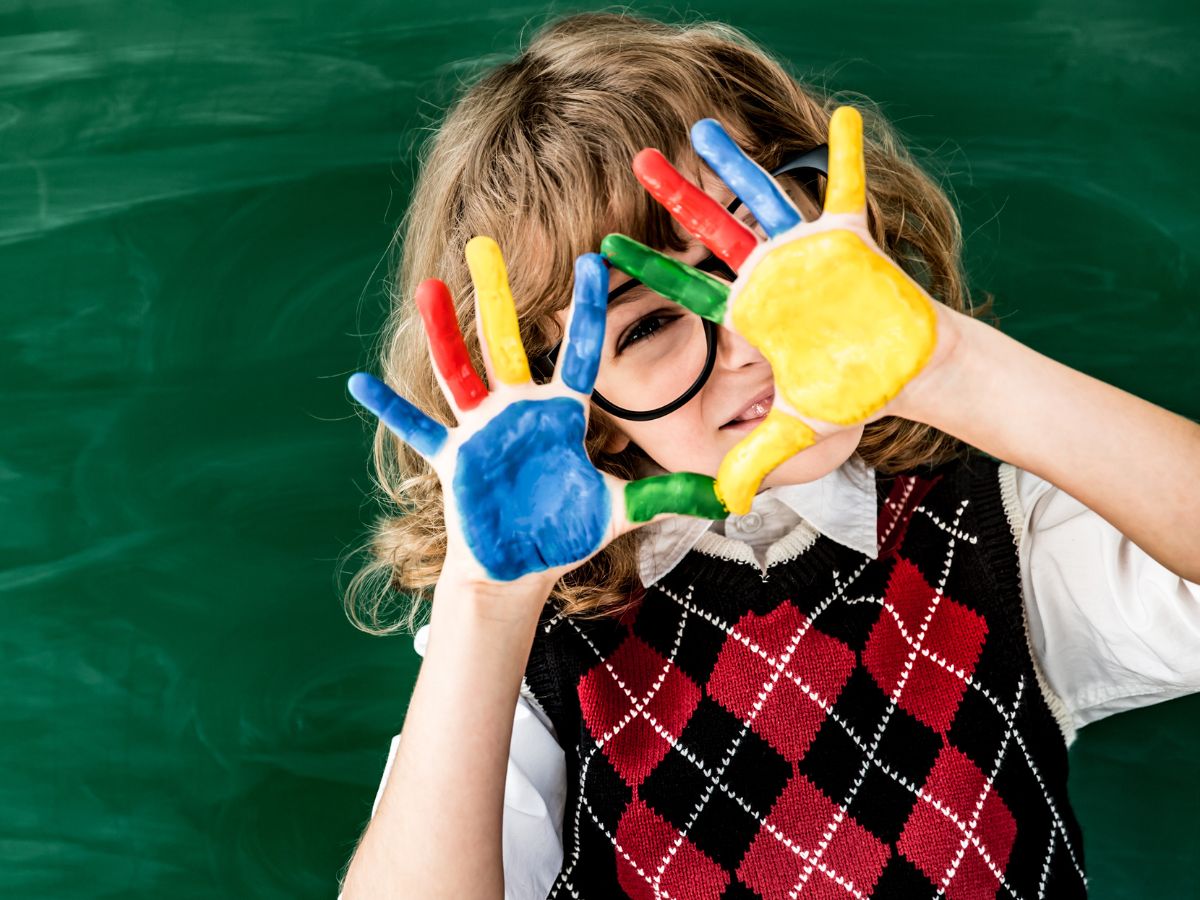Visual training in sports is an increasingly valued and fundamental aspect for optimizing athletes’ performance.
Vision is our primary sense, and in sports, it plays a crucial role. Good vision not only means seeing clearly but also encompasses a range of visual skills that allow us to:
- Perceive movement: Detecting the speed and direction of moving objects, such as a ball or an opponent, is essential for making quick and accurate decisions.
- Estimate distances: Calculating the distance to an object is crucial in sports like basketball, soccer, or tennis.
- Coordinate eye-hand and eye-foot: This coordination is essential for performing precise and efficient movements, such as a tennis shot or a soccer pass.
- Improve concentration: Visual training helps maintain focus on the goal, reducing distractions.
- Increase reaction speed: By improving the ability to process visual information, athletes can react faster to external stimuli.
«Quiet Eye,» the importance of focusing vision
In this blog, we will explain that «Quiet Eye» is a technique used in various sports that helps with concentration and improves motor skills, especially in high-pressure situations or when precise movements are required to achieve goals.
In simple terms, the quiet eye is a kind of «visual pause,» a moment when we fix our gaze on an image before performing an action. For example, many basketball players focus their gaze on the hoop or its base just before taking a shot, for a few seconds, after dribbling the ball several times.
It’s as if the brain focuses all its attention on the image to process it more deeply and in greater detail before sending the necessary signals to the muscles. This pause, which may last only a few milliseconds, is crucial for improving the accuracy and coordination of our movements.
It has multiple benefits, such as filtering distractions, since it involves concentrating on a single point to eliminate any stimuli that may increase pressure and interfere with the action. It enhances our planning and precision, as we analyze the target in more detail and process information more efficiently.
The «Quiet Eye» is just one example of the many techniques that can help you in your athletic and even daily development. We know that, when it comes to sports, even the smallest difference can lead to significant changes in the outcome.At Enfoca’t, we are prepared to work on your visual needs.
Schedule an appointment through our website or call us at 673 04 83 14. We look forward to seeing you.





